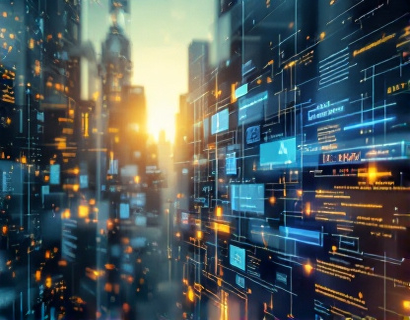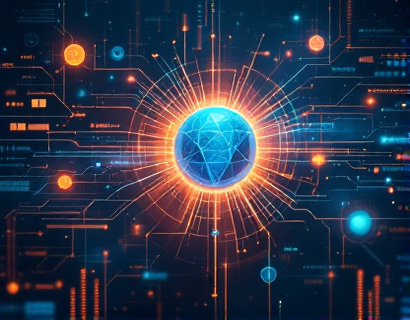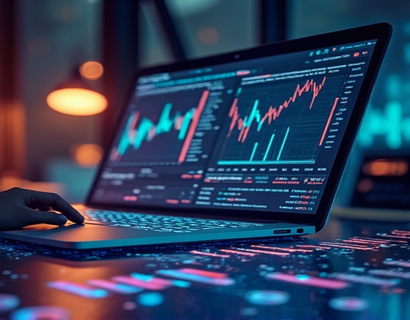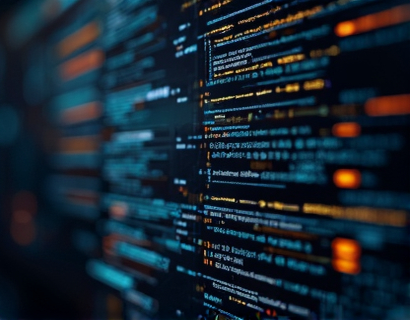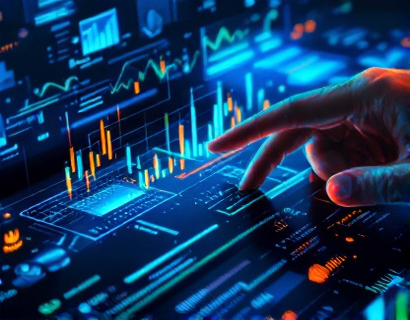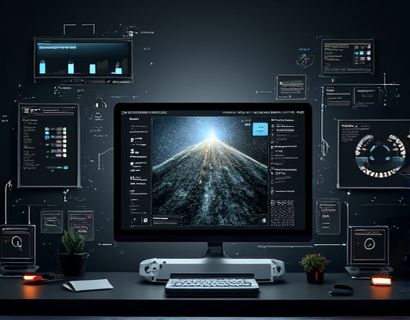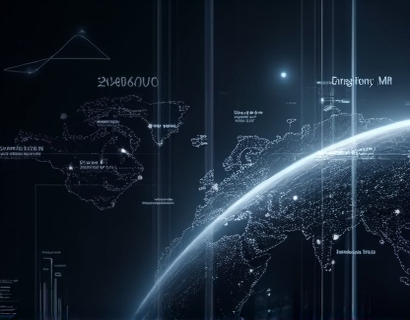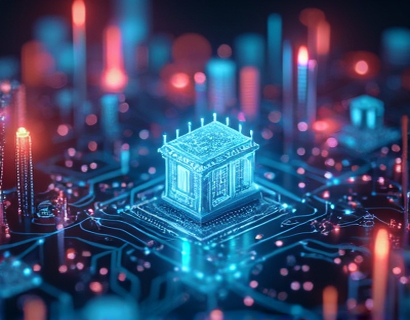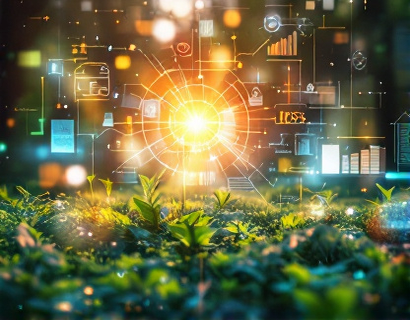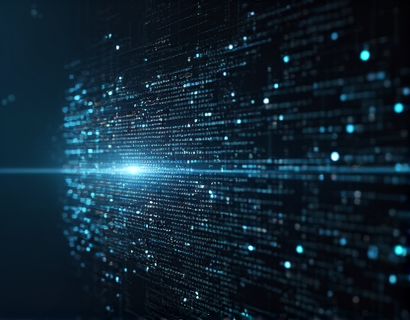Maximizing Aquaponics Business Success with Advanced Management Software
In the rapidly evolving world of sustainable agriculture, aquaponics stands out as a promising method that combines fish farming and hydroponic plant cultivation in a symbiotic environment. For aquaponics businesses, achieving success involves not only understanding the intricate balance between fish and plant systems but also implementing efficient management practices. Advanced management software plays a crucial role in streamlining operations, boosting productivity, and enhancing sustainability. This article delves into how such software can transform aquaponics farming, providing tools for precise monitoring and control, and ensuring optimal conditions for both fish and plants while minimizing environmental impact.
Understanding the Importance of Management Software in Aquaponics
The complexity of aquaponics systems requires meticulous monitoring and control to maintain the delicate balance between water quality, nutrient levels, and biological processes. Traditional methods of managing these systems can be time-consuming and prone to human error. Advanced management software addresses these challenges by offering a comprehensive suite of tools designed to optimize every aspect of aquaponics farming. These tools enable farmers to monitor and adjust parameters in real-time, ensuring that conditions remain ideal for the health and growth of both fish and plants.
Key Features of Advanced Management Software
1. Real-Time Monitoring: One of the most critical features of advanced management software is its ability to provide real-time data on various system parameters. This includes water temperature, pH levels, dissolved oxygen, ammonia, nitrite, and nitrate levels. By continuously monitoring these parameters, farmers can quickly identify and address any issues before they escalate, ensuring a stable and healthy environment for the aquatic life.
2. Automated Alerts and Notifications: The software can be configured to send automated alerts when certain thresholds are exceeded or when maintenance is required. For example, if the pH level drops below a safe range, the system can notify the farmer immediately, allowing for prompt corrective action. This proactive approach minimizes the risk of system failures and ensures consistent performance.
3. Data Analytics and Reporting: Advanced management software includes powerful data analytics tools that help farmers make informed decisions. By analyzing historical data, farmers can identify trends, optimize nutrient dosing, and improve overall system efficiency. Detailed reports can be generated to track performance metrics, which are invaluable for business planning and sustainability assessments.
4. Integration with Hardware: Modern management software seamlessly integrates with a variety of hardware components, such as sensors, pumps, and valves. This integration allows for automated control of the system, reducing the need for manual intervention and ensuring precise regulation of water parameters. For instance, the software can automatically adjust pump speeds based on oxygen levels or activate dosing systems to maintain optimal nutrient concentrations.
Enhancing Productivity Through Efficient Management
By leveraging advanced management software, aquaponics businesses can significantly enhance their productivity. The ability to monitor and control system parameters in real-time leads to faster growth rates for both fish and plants. Optimal conditions result in higher yields and better quality produce, which directly translates to increased revenue. Additionally, the automation of routine tasks frees up time for farmers to focus on strategic planning and expansion, further boosting business growth.
Another significant advantage is the reduction in labor costs. With automated monitoring and control, the need for constant manual oversight is minimized. This not only reduces the workload but also lowers the risk of human error, leading to more consistent and reliable system performance. As a result, businesses can achieve higher productivity with fewer resources, making them more competitive in the market.
Promoting Sustainability in Aquaponics
Sustainability is a core principle of aquaponics, and advanced management software plays a vital role in achieving this goal. By optimizing resource use and minimizing waste, these systems contribute to a more environmentally friendly approach to food production. Here are some ways in which management software enhances sustainability:
1. Water Conservation: Aquaponics inherently uses water more efficiently than traditional farming methods, but advanced management software takes this to the next level. By precisely controlling water parameters and detecting leaks or inefficiencies, the software helps conserve water resources. This is particularly important in regions where water scarcity is a concern.
2. Nutrient Management: The software ensures that nutrients are used efficiently, reducing the need for excessive dosing and minimizing the risk of nutrient runoff. This not only saves costs but also reduces the environmental impact of the farm. By maintaining optimal nutrient levels, the software helps create a balanced ecosystem where waste from fish is effectively converted into nutrients for plants.
3. Energy Efficiency: Advanced management software can also optimize energy use by controlling the operation of pumps, lights, and other equipment based on real-time data. For example, the system can adjust lighting schedules to match the natural light cycle, reducing energy consumption. Additionally, by preventing system failures and ensuring efficient operation, the software helps reduce energy waste.
Case Studies and Success Stories
Several aquaponics businesses have successfully implemented advanced management software, achieving remarkable results. One such example is a medium-sized aquaponics farm in the Midwest, which integrated a comprehensive management system to monitor and control its operations. Within six months of implementation, the farm saw a 30% increase in fish growth rates and a 25% improvement in plant yields. More importantly, the farm reported a significant reduction in water and energy usage, aligning with their sustainability goals.
Another success story comes from a small-scale urban aquaponics operation in a densely populated city. By using advanced software to manage their system, the farmers were able to produce a consistent supply of fresh produce year-round, despite the challenging urban environment. The software's real-time monitoring and automated alerts allowed them to quickly address any issues, ensuring the health and productivity of their system. This not only met their business objectives but also contributed to the local community by providing fresh, locally grown food.
Challenges and Considerations
While the benefits of advanced management software are clear, there are several challenges and considerations that aquaponics businesses should be aware of:
1. Initial Investment: Implementing advanced management software can require a significant upfront investment. However, the long-term benefits in terms of increased productivity, reduced labor costs, and enhanced sustainability often justify the initial expense.
2. Technical Expertise: Operating advanced software requires a certain level of technical knowledge. Businesses may need to invest in training for their staff or partner with technical experts to ensure smooth implementation and ongoing support.
3. System Compatibility: Ensuring that the management software integrates seamlessly with existing hardware is crucial. Compatibility issues can lead to delays and additional costs, so it's important to choose a software solution that is compatible with your current setup or can be easily integrated.
Future Trends in Aquaponics Management Software
The field of aquaponics management software is rapidly evolving, with several exciting trends on the horizon:
1. Artificial Intelligence and Machine Learning: The integration of AI and machine learning algorithms can further enhance the capabilities of management software. These technologies can analyze vast amounts of data to predict system behavior, optimize operations, and even automate decision-making processes. For example, AI can predict optimal feeding times based on fish growth rates and water conditions, ensuring efficient nutrient use.
2. Internet of Things (IoT): The IoT is transforming how aquaponics systems are managed by enabling a network of interconnected devices that communicate and share data. This interconnectedness allows for more precise control and monitoring, leading to even greater efficiency and reliability.
3. Cloud-Based Solutions: Cloud-based management software offers scalability and flexibility, allowing businesses to access their data from anywhere. This is particularly beneficial for remote monitoring and management, making it easier for farmers to oversee multiple locations.
Conclusion
Advanced management software is a game-changer for aquaponics businesses, offering a range of tools that streamline operations, boost productivity, and enhance sustainability. By embracing these technologies, aquaponics farmers can achieve optimal conditions for their systems, leading to higher yields and better quality produce. As the industry continues to grow, the adoption of advanced management software will become increasingly important for staying competitive and meeting the demands of a sustainable future.




